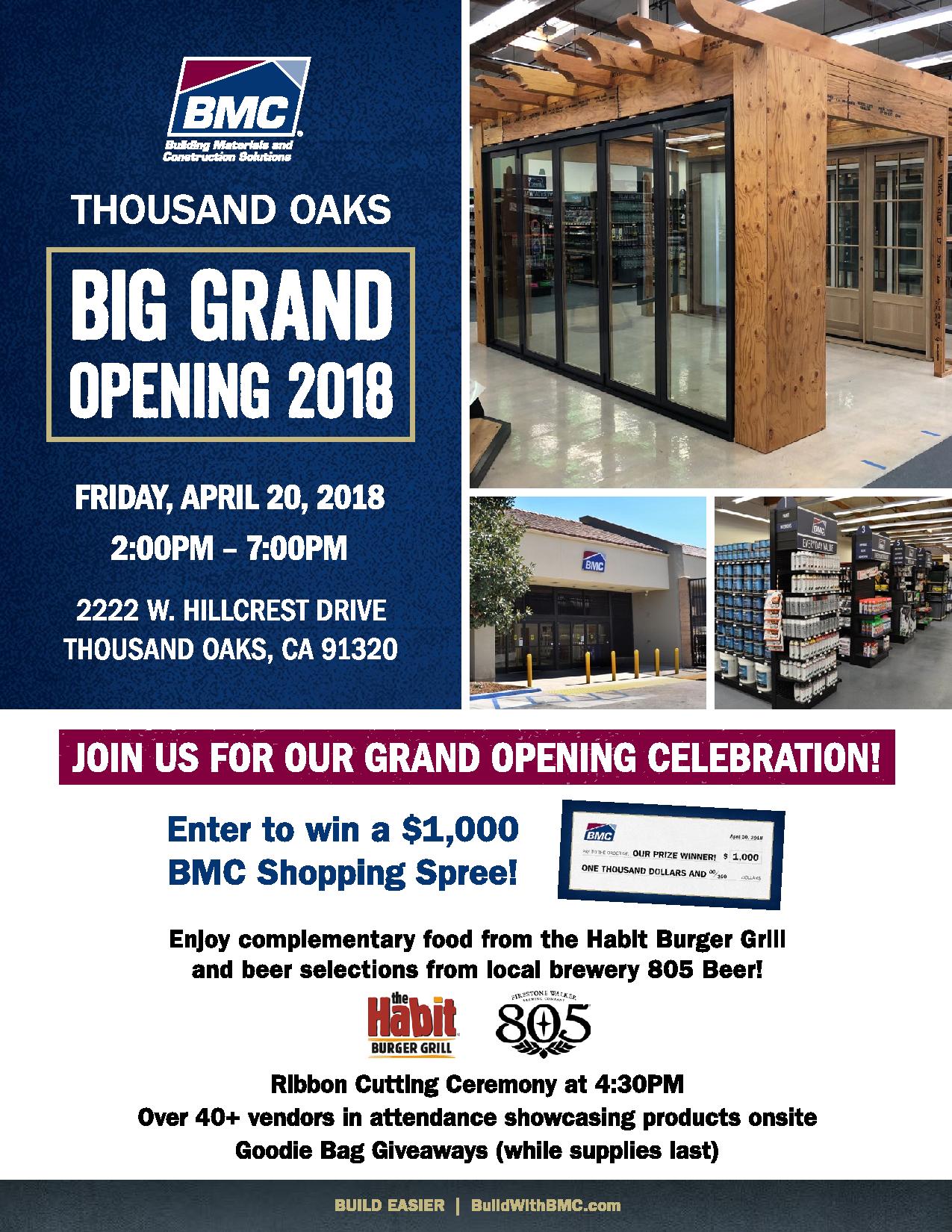Prognosis is Good for Lucky, the Shoe-Wearing Penguin at Santa Barbara Zoo
/Lucky shown wearing one of his high-tech shoes designed by Teva, which allowed him to walk, swim, and be a part of the Santa Barbara Zoo’s penguin colony. (Photo Credit: Tony Luna)
Lucky, a Humboldt penguin at the Santa Barbara Zoo who made national headlines for wearing a specially designed shoe, has undergone surgery to remove the foot on his affected right leg. His prognosis is good, according to Director of Animal Care and Health Dr. Julie Barnes, who assisted on the surgery conducted this morning (Friday, October 19) by Dr. Stephen Klause, a veterinary orthopedic specialist from the Los Angeles Zoo. Dr. Klause has consulted with Dr. Barnes on Lucky’s condition for several years and has a lot of surgical experience with birds.
“Although this is a fairly straightforward surgery and used for cats and dogs with a similar condition, there are some other considerations for performing this in a bird,” said Dr. Barnes. “We feel he has a good prognosis and this procedure will give him the best quality of life. Our goals are to lessen Lucky’s pain, retain his mobility, and have him rejoin the Zoo’s Humboldt penguin colony.”
Why Lucky Needed Surgery
Lucky’s need for this surgery stems from the deterioration of a malformed ankle joint, which caused his right foot to point up at an angle, rather than lay flat. This caused Lucky to walk on the point of his ankle, rather than on his foot. The abnormality was discovered as soon as Lucky left the nest in 2010 and walked with a shuffling gait. He was unable to walk properly and began to develop life-threatening infections from pressure and chafing.
In 2011, local shoe company Teva designed a high-tech shoe for the penguin, and since then has further refined and provided custom shoes for Lucky, free of charge. The footwear has been effective for the past eight years, allowing him to be an active member of the Zoo’s penguin colony. In 2017, he sired a chick with his mate Nica.
But Lucky’s intertarsal (ankle) joint was undergoing a continual, slow deterioration as expected with this type of deformity. The joint was collapsing and becoming inflamed, causing swelling and pressure. Excess bone (or calcification) had formed in the joint, causing painful bone-on-bone contact.
Lucky’s treatments when his ankle and foot were swollen included pain medications, bandaging, and poultices such as iodine and sugar. But the bouts of swelling had recently become more frequent despite treatment. He was spending more time in the Animal Hospital due to flare-ups, and was exhibiting signs of discomfort. (See below)
“Lucky’s condition had reached a critical stage as it was difficult to manage his pain effectively,” adds Dr. Barnes.
Lucky will recover in the Animal Hospital for several weeks, accompanied by his mate Nica, with the focus on healing from surgery. Once he is healed, efforts will begin with Teva to develop a new shoe.
Chilean Flamingo With No Toes is Part of the Flock
The Zoo also is home to a Chilean flamingo that was hatched with a deformed foot, which necessitated the amputation of its toes in January 2018. That bird, Nugget, wears a special sock and returned to the flamingo flock within six weeks of her surgery.
“We have experience with this, having worked with Nugget, who is doing quite well,” said Dr. Barnes. “We look forward to when Lucky is recovered, out of pain, and back with his colony-mates.”
How Did Lucky Show He Was in Pain?
The Zoo’s Animal Care Staff were able to determine Lucky’s level of discomfort by his behavior. They report that at first he would limp. As the discomfort increased, he “bicycled” or moved his leg in a circular motion. If he was very uncomfortable, he would not walk and he might bray (vocalize). When handled, he would react to having his foot touched. During painful flare-ups, he was moved to the Animal Hospital for treatments, accompanied by his mate Nica.
The Santa Barbara Zoo is located on 30 acres of botanic gardens and is home to nearly 500 individual animals in open, naturalistic habitats. It is accredited by the Association of Zoos & Aquariums (AZA), representing the highest level of animal care, and participates in AZA endangered species programs for Asian elephant, California condor, Channel Island fox, and Western lowland gorilla, among others. A private 501(c)(3) nonprofit corporation, the Santa Barbara Zoo depends on community support, not tax dollars, for operations and improvements. Visit www.sbzoo.org.








